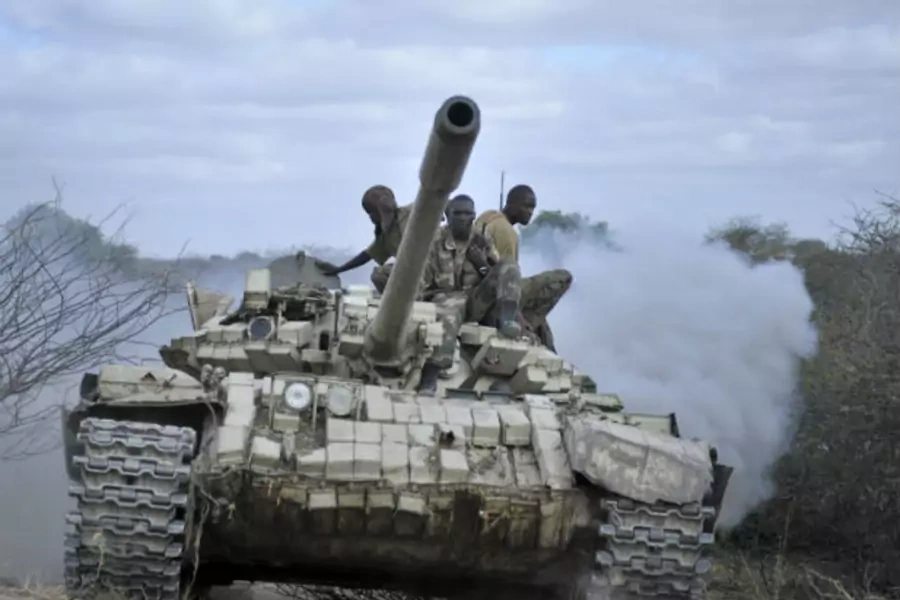More on:
The Robert S. Strauss Center at the University of Texas at Austin has just published a research brief on Islamist violence in Africa; "Tracking Islamist Militia and Rebel Groups." The author is Caitriona Dowd at Trinity College, Dublin. The brief is based on the Armed Conflict Location and Event Dataset (ACLED), of which she is the senior research and data manager. The data covers the past fifteen years. Her discussion includes North Africa as well as sub-Saharan Africa, and she sees a “rising global consciousness among Islamist groups and Muslim populations” in the aftermath of the Arab Spring.
She argues that Islamist violence has dramatically increased in Africa, that it has spread geographically, and that there are significant differences in goals and objectives among the groups involved. These differences are often downplayed or obscured, hindering a successful response.
Talking about Islamist groups such as Boko Haram or Ansaru has often been difficult because they do not fit conventional definitions. Caitriona Dowd does the public discourse a real service by making use of helpful distinctions that come out of ACLED. For example, “rebel groups” seek to overthrow the regime, while “militias” use violence to advance the agenda of a political elite.
Using to Dowd’s definitions, it is helpful to think of Boko Haram as a “militia.” Ansaru, by contrast, may be evolving into a “rebel group” bent on changing the nature of the state.
Islamist violence in Algeria, Somalia, and Nigeria is well known. A big surprise to me was how much it has increased in Kenya, Niger, and Mauritania. Her discussion of Kenya is particularly timely given the upcoming national elections next month.
More on:
 Online Store
Online Store
